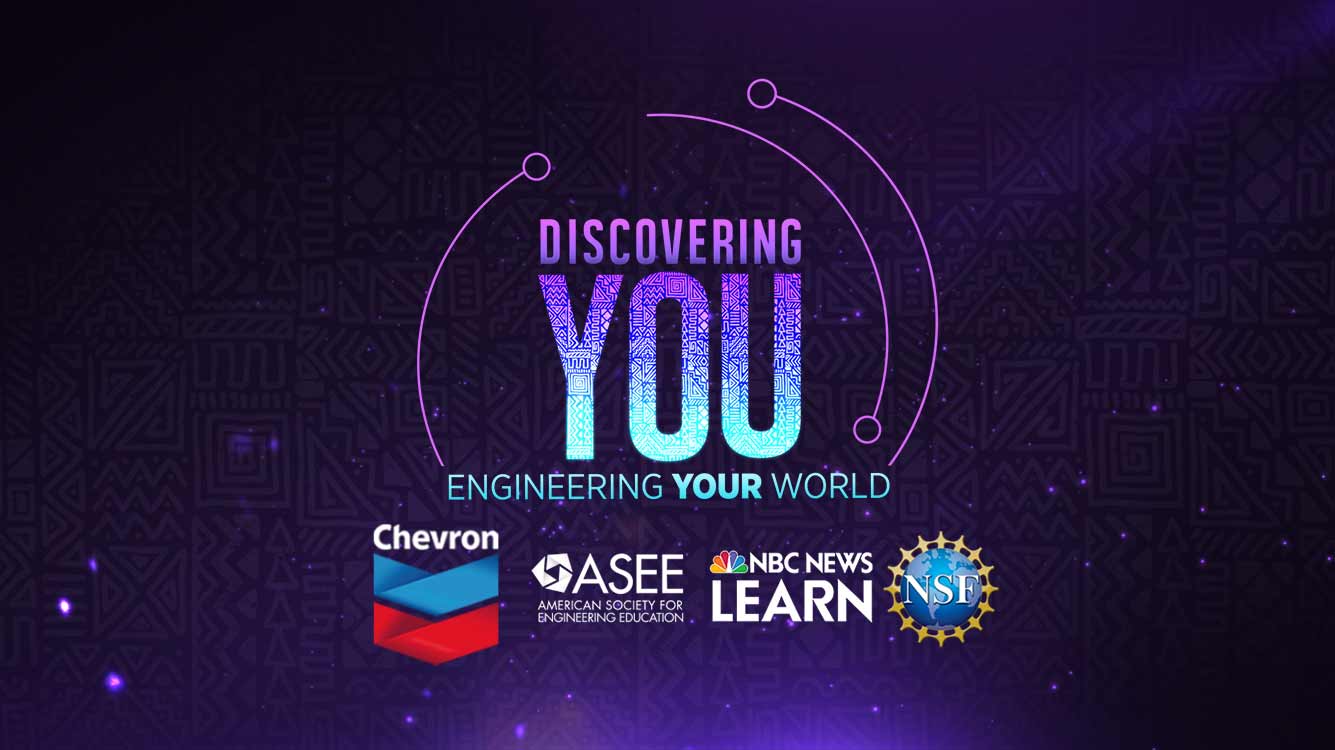News at the HPC²
NBC NEWS Learning Channel Highlights NGI Assistant Director's Research in Collaboration with NOAA's AOML
November 14, 2019 Discovering You – Engineering Your World – Anna Linhoss
Discovering You – Engineering Your World – Anna LinhossNBC NEWS LEARN
Linhoss and fellow MSU researchers Pawan Upadhyay, Steve Ashby and NOAA;s Atlantic Oceanographic and Meteorological Laboratory’s Chris Kelble are helping to prevent nutrient enrichment from producing algal blooms in the bay.
We just measured the salinity in the water and we’re finding that it’s about 35 parts per thousand. I'm Anna Linhoss and I'm a biological engineer. I'm an assistant professor in the department of agricultural and biological engineering at Mississippi State University.
I grew up in Eastern Virginia on the Chesapeake Bay. I've always loved being out on the water and being out in nature, so I really always wanted to do something with nature. Biscayne Bay is a beautiful natural resource. It's a beautiful clear blue crystal water and we want to keep it that way. But the fact that it's right next to the city of Miami threatens it to a certain extent because there's a lot of storm water and nutrients running into the bay.
When you add fertilizer to your lawn or your garden, what you're adding is nitrogen and phosphorous and those are nutrients. When rain comes, it will wash those fertilizers and other nutrients from anything into the water. And so you think, "Well, it makes the grass grow. What else is it going to make grow?"
And it's going to make algae grow. What we want to do is prevent algal blooms. Algae produce oxygen. The more algae in the water, when it gets to a certain mass, it'll die off. And that algae die-off produces a lot of little bacteria that are animals that breathe oxygen. Those animals will breathe up all the oxygen in the water and cause depleted oxygen levels. We can get the salinity meter now to understand how as we go up the waterway salinity changes.
We're doing a general survey of the Coral Gables waterway because we want to understand the nutrients coming into the system, into Biscayne Bay. We're spending a lot of time trying to understand the nutrients and the algae blooms in the bay, but we're not spending time where those nutrients actually come from because they're coming from land. We have to figure out where they are coming from if we want to fix the larger problem in the bay. As we went up the Coral Gables Waterway, we saw the salinity going down. And then as the salinity's going down, that means you're having more fresh water coming in. As the fresh water comes in, that's probably the source of the nutrients that are causing the enrichment in the bay.
What we want to do is we want to help managers understand what they can do to protect the bay. So we're developing a model of the hydrodynamics and water quality in the Biscayne Bay. So this is like a gridded, three-dimensional model of the water that flows in the bay and the fresh water rivers that flow into the bay and then how all of that circulates. Engineering is a super exciting science because it's all about problem solving. And so it allows us to be really creative and kind of like detectives to try to figure out what's going on. I love the environment and so being out here on the bay is always wonderful and I always enjoy working towards helping the environment.
Produced by NBC NEWS LEARN: Discover You: Anna Linhoss
